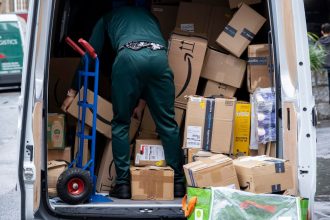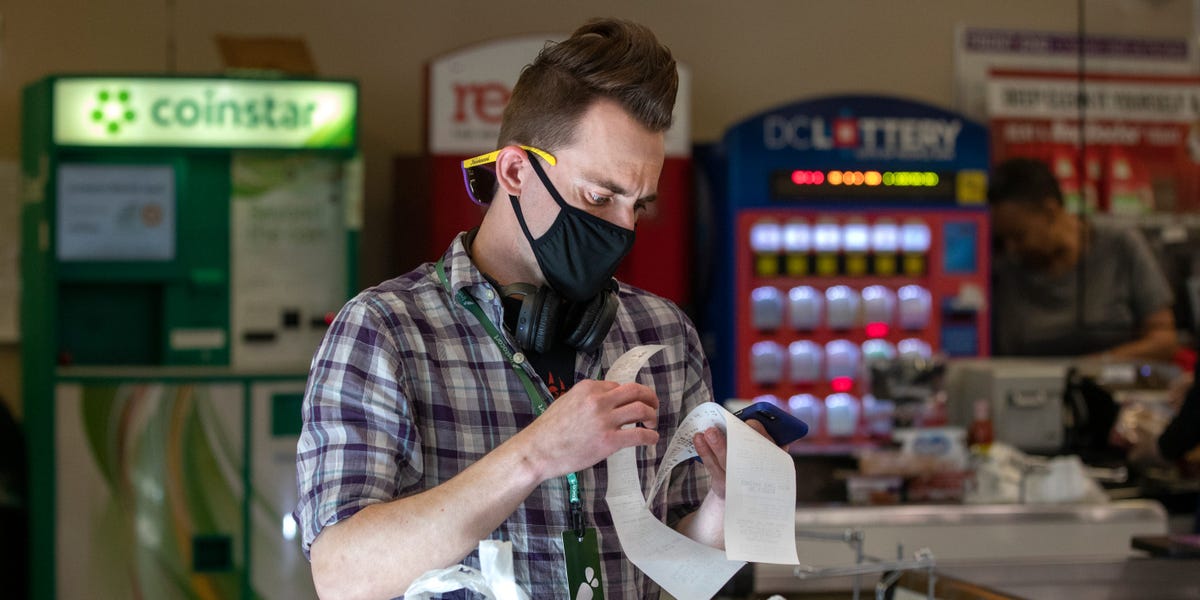- Instacart’s IPO filing shows the company booked a profit in 2022.
- One contributor was a 50% increase in the company’s “batch rate,” or the number of orders shopped at once.
- Shoppers have told Insider that batching has led them to do more work for the same pay.
Instacart’s IPO filing shows the company turned a profit last year. An increase in productivity by its gig workers contributed to that profit.
Since 2019, Instacart has increased its “batch rate,” or the average number of orders shopped and delivered in a single trip, by 50%, according to the filing. Instead of having one shopper fill a single order at a time, Instacart has pushed its gig workers to shop and deliver multiple orders at once.
That’s one of the factors that helped the company turn a profit last year. In 2021, Instacart booked a net loss of $73 million, according to the prospectus it filed with the SEC. In 2022, it reported a profit of $428 million. Other factors, such as its growing advertising business, also factored into the company’s profitability.
“We drive efficiencies through the number of orders powered by technology-backed picking and batching abilities that help shoppers fulfill multiple orders simultaneously,” a section of the prospectus titled “Economies of Scale” reads.
The practice of batching helps efficiency “by reducing the cost and time to fulfill each order,” the section says.
Filling multiple orders at once has become a feature of shopping for Instacart — and one that shoppers say has weighed on their earnings.
Instacart frequently batches two or three orders together. Shoppers have to accept all of the orders in a batch to shop them and receive their pay, several Instacart workers have told Insider over the last few months.
But shoppers who have worked for Instacart for several years have told Insider that their pay per order has decreased since batching became widespread. One Instacart shopper in Utah told Insider earlier this year that three-order batches, which shoppers call “triples,” have become commonplace.
In early 2020, by contrast, they were “pretty rare,” and many paid better than regular orders. Now, the shopper said, she has to fill more orders than three years ago to make the same amount of money — or, in some cases, less.
Instacart shoppers are also coping with lower pay on other fronts. A month before filing its IPO papers, Instacart cut base pay for shoppers to $4 an order from $7.
Are you an Instacart shopper with a story to share? Reach out to this reporter at [email protected]
Read the full article here





